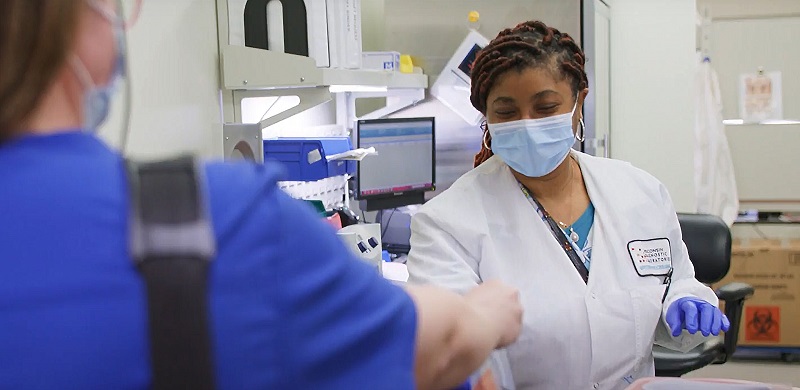How to start a career in medical imaging?
3 min read
Introspecting A Career In Medical Imaging
Medical imaging is a broad phrase that refers to a variety of comparable but separate healthcare specialities. Radiology is undoubtedly a rewarding profession, and some radiologists consider it more of a pleasure than a job. They primarily work in diagnostic or interventional settings, studying a patient’s state’s anatomical, pathological, and clinical features to diagnose new conditions.
Anderson, one of the leading diagnostic labs in Chennai (https://www.andersondiagnostics.com/), gives readers a detailed insight into various careers available in the medical imaging field. Learn more.
Scope In Diagnostic Centers
Diagnostic radiologists use CT, MRI, and PET imaging to address clinical concerns raised by a patient’s condition. MRI technicians use huge, tube-like devices to create high-resolution, three-dimensional images of the patient’s entire body, and medical imaging technicians and radiologists use similar equipment to create the images. Radiologists use x-rays to diagnose and treat a wide range of diseases and disorders and diagnose and treat anomalies.
Breast imaging, cardiac imaging, gastrointestinal imaging, head and neck imaging, musculoskeletal imaging, neuroradiology, oncology, pediatric imaging, radionuclide imaging, thoracic imaging, urogynaecological imaging, and vascular imaging are just a few of the specialities available to radiologists. When patients are in distress, radiologists are first on the scene to initiate treatment. Various roles are available for medical imaging experts at a scan centre. Listed below are some examples.
Career Options In Medical Imaging

Lab technician: A lab tech conducts standard chemical and blood testing to detect illnesses and other anomalies. An entry-level post requires a bachelor’s degree.
Cardiovascular technician: A cardiovascular technician can work with a patient’s pulmonary or cardiovascular system with an associate’s degree. They perform echocardiograms and electrocardiograms and monitor heart rate and blood pressure.
Cytogenetic technologist: A cytogenetic technologist uses chromosome analysis to investigate, diagnose, and treat genetic illnesses. A bachelor’s degree is required, and 1-2 years of study in a recognised cytotechnology school.
Epidemiologist: Epidemiologists are professionals with advanced degrees who study infectious or contagious diseases. They may also be in charge of public health programmes, research and development, monitoring and reporting, and various other responsibilities.
Radiation therapist: Radiation therapists are radiology technicians who treat cancer patients with radiation. In the United States, radiation therapists are the highest-paid medical imaging experts.
Nuclear medicine technicians: They prepare and give radioactive medications to patients before scanning important organs for disorders like a cancer diagnosis. Nuclear medicine is a branch of medical imaging that entails injecting radiopharmaceuticals into the body to diagnose and cure difficult-to-identify illnesses.
Ultrasound technologists: They deliver high-quality ultrasound services to patients in hospitals or outpatient clinics. They make an average of $66,410 per year.
Diagnostic medical sonographers: They are one of the most prevalent medical imaging experts, and their numbers are growing as more people become aware of ultrasound’s potential.
Guide to a career in radiology
Radiologists must complete a three-year senior residency after earning their MD or DNB. A bachelor’s degree in biology, a medical school degree, and clinical residency experience are required for medical imaging careers. Additional qualifications and schooling may be required for some more specialised routes.




